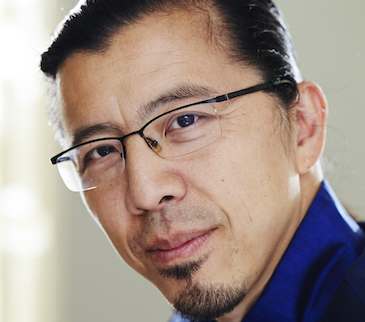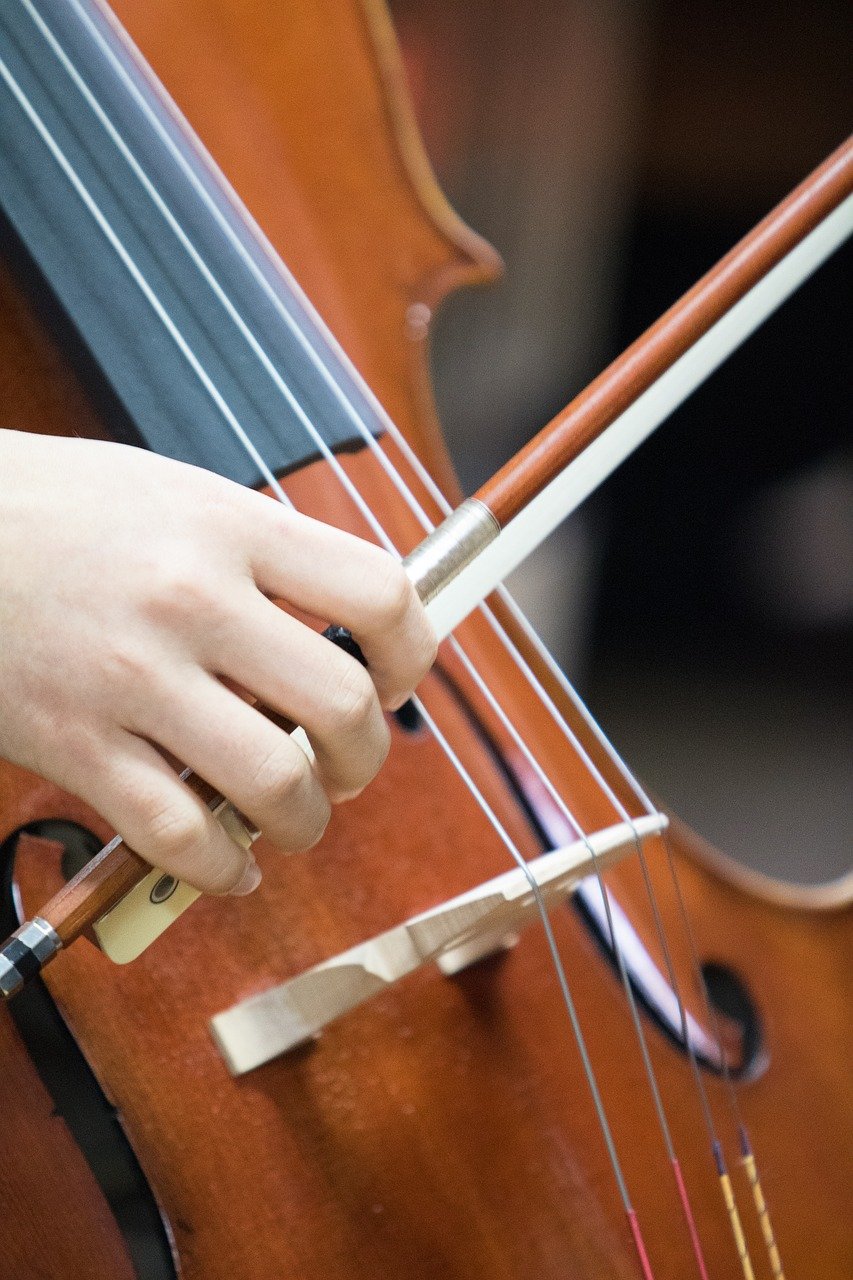Practice Slowly. It is the number one rule of practicing. It may seem counterintuitive, but if you really want to learn how to practice cello more efficiently, you must slow down! Use your metronome and build up speed gradually for fast passagework. When you break things down and work through them slowly and methodically, you retain what you’ve learned and you reduce the risk of learning bad habits that can be hard to eliminate later. Avoid the temptation to play through the parts you know over and over — cut to the chase, and isolate the challenges at hand.
Small Goals
A new, challenging piece can be overwhelming. Identify the challenges, and set small specific goals to address them. Spend about 15-20 minutes on a particular goal in a session, and then move on to the next practice priority. Our attention span allows us only about that much time to learn something new and assimilate it. After that, the rate of return is much less, and can even be detrimental to your focus.
Schedule your practice time, and keep a log that helps you keep track of your goals and progress. Consistency is key to making progress in anything.
Record Yourself
Record yourself consistently, and take notes on what you hear — often it does not line up with what we think we are doing! Videos of yourself playing will also reveal a lot that you can’t get from an audio recording. Maybe you are playing over the fingerboard too much in that forte passage, or your shoulders are coming up when you play in high positions… maybe your vibrato completely stops on the 4th finger. There’s a lot you will learn just by watching yourself.
Take Breaks
Take small breaks to refresh your brain and body, especially if you are getting more than 2 hours of practice in a day — I usually allow a 10 minute break per hour of practice. Pay attention to your body and don’t neglect it. Do not sit down cold and dive into the double-stop octave passage in the first movement of Dvorak Concerto. Warm up your body before you play, and start your session with a scale and arpeggio warm-up. Do not play through pain, it will not make it better!
Finally, don’t forget about mental practice away from your instrument — go for a walk or sit outside in the sun, and run through the piece you are memorizing in your head, visualizing how it feels to play how you hear it in your head.
Improving Cello Intonation
Refining the ear is obviously essential to improving as a cellist. I encourage my students to work with drones for cello intonation practice. During the Coronavirus quarantine, I recorded myself playing all 12 tones and shared them with my students in a google drive. They play whatever pitch they need through a Bluetooth speaker and use it as a drone for scales, arpeggios, and whatever difficult passages they come across in their concertos, sonatas, Bach Suites, etc. For example, I’ll tell some students working on études, “The whole point of this etude is intonation in quick modulations… So use your drone, practice one modulation at a time, and just woodshed and clean that up.” I highly recommend Hans Jensen and Minna Chung’s book on intonation called CelloMind. It has great exercises for intermediate to advanced students that demystify the principles behind good intonation.
Left Hand
Another issue I focus on with intermediate and even advanced students is developing that left-hand confidence of where you are (and want to be!) on the fingerboard. Students often don’t understand the importance of knowing what position you’re in and developing a sense of where the notes are in the context of that position. Instead of playing individual notes, play the position. Each position has its own sensibility and, especially as you go into higher positions on the fingerboard, the alignment of the elbow and its orientation to the fingerboard will change. By learning the positions thoroughly you will feel much more confident making large shifts and playing difficult passages in more advanced repertoire. This is why scale and arpeggio practice is so incredibly important.
Interview edited for length and clarity by Claire Thompson.
#practicing

Úna O'Riordan
Praised for her exquisite tone and musical phrasing, cellist Úna O’Riordan enjoys a versatile career as an orchestral and chamber musician, new music advocate, teacher and clinician. She has performed as soloist and chamber musician in the United States, Canada, and Europe. She was appointed to the Detroit Symphony Orchestra in 2007, and her previous posts include the Oregon Symphony, Principal Cellist of the Sarasota Opera Orchestra, and Assistant Principal Cellist of the Sarasota Orchestra. An advocate for contemporary classical music, Úna is a member of the New Music Detroit (NMD) ensemble, with whom she released their 2018 debut recording “Smoke: The Music of Marc Mellits” on the Innova label. In recent years, she has performed in recital with such diverse artists as legendary pianist Menahem Pressler, violinist Cho-Liang Lin, singer-songwriter Shara Nova, composer/percussionist Andy Akiho, Fifth House Ensemble and the Zodiac Trio.
In 2019, Úna joined the faculties of Oakland University School of Music Theatre and Dance and Wayne State University. She has taught and performed at the Zodiac Festival & Academy in Valdeblore, France, and the Fresh Inc Festival for contemporary music performance and composition in Racine, Wisconsin. From 2013-2017 she taught and performed at the American Institute for Musical Studies (AIMS) in Graz, Austria, where she has led audition-training workshops and served as principal cellist of the festival orchestra.
Úna is a graduate of the Eastman School of Music, where she received a Bachelor of Music with Distinction and was named an Arts Leadership Scholar. She received her Master of Music degree from Northwestern University’s Bienen School of Music. Her principal teachers include Hans Jorgen Jensen, Alan Harris, and Pamela Frame. During her training she participated in masterclasses with Yo-Yo Ma, Janos Starker and Paul Katz. She was a fellowship recipient at the Aspen and Meadowmount Schools of Music, and participated in the Verbier Festival and New York String Seminar at Carnegie Hall.



Comments are closed.